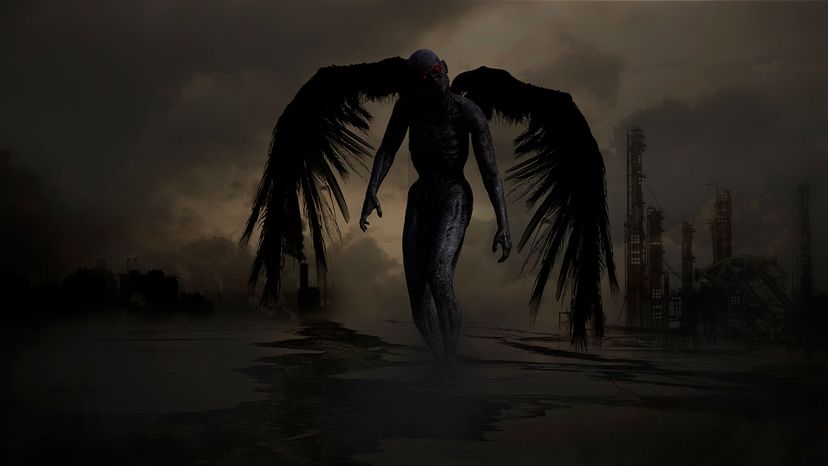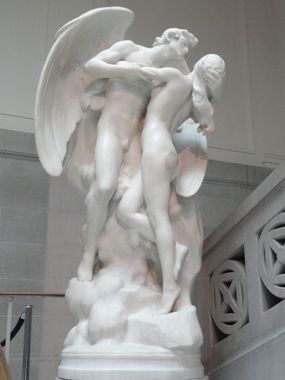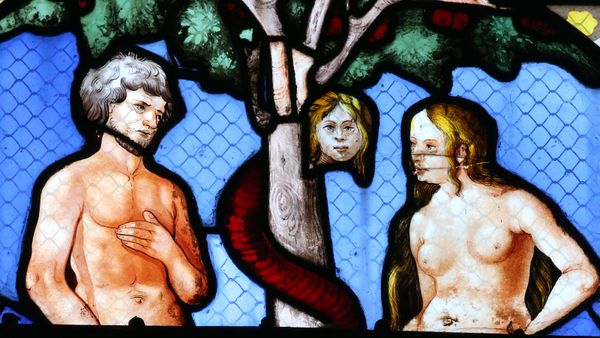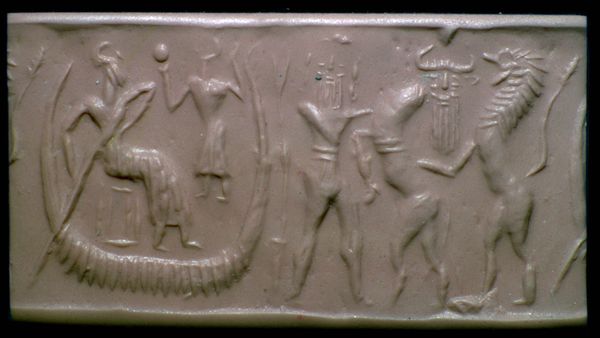
Key Takeaways
- The Nephilim in the Bible were superhuman giants born from unions between divine beings and mortal women, known as "the fallen ones."
- The Book of Enoch expands on the Nephilim story, introducing rebellious angels called the Watchers who bring monstrous giants into the world.
- Different interpretations exist on the origins of sin: Genesis blames Adam and Eve, while The Book of Enoch shifts the blame to the Watchers and their offspring, presenting a competing narrative in ancient Jewish beliefs.
The book of Genesis contains some of the most famous origin myths in Western culture: God's creation of the heavens and Earth, Adam and Eve eating the forbidden fruit in the Garden of Eden, and God commanding Noah to collect two of every animal to survive the great flood.
But hidden among these better-known stories is an intriguing and somewhat confounding account of fallen angels and a race of superhuman giants roaming Earth. The whole wild story is contained in just three verses at the start of Genesis, chapter six. The King James Version goes like this:
Advertisement
In the original Hebrew, the term for these giants and "mighty men" is Nephilim, which is derived from the Hebrew word naphal meaning "to fall." In that sense, this race of giants, born of unholy unions between divine "sons of God" (i.e., angelic beings) and mortal "daughters of men" (i.e., human females) are better translated as "the fallen ones."
While the giant Nephilim are barely mentioned in the Genesis narrative, they were the subject of great fascination in later apocalyptic literature, especially the Book of Enoch. In that text, which didn't make it into the Bible, a group of lusting angels conspires to sleep with human women, giving birth to a race of giants that spoil God's creation so completely that he has no choice but to send the floodwaters and wipe Earth clean.
Advertisement



